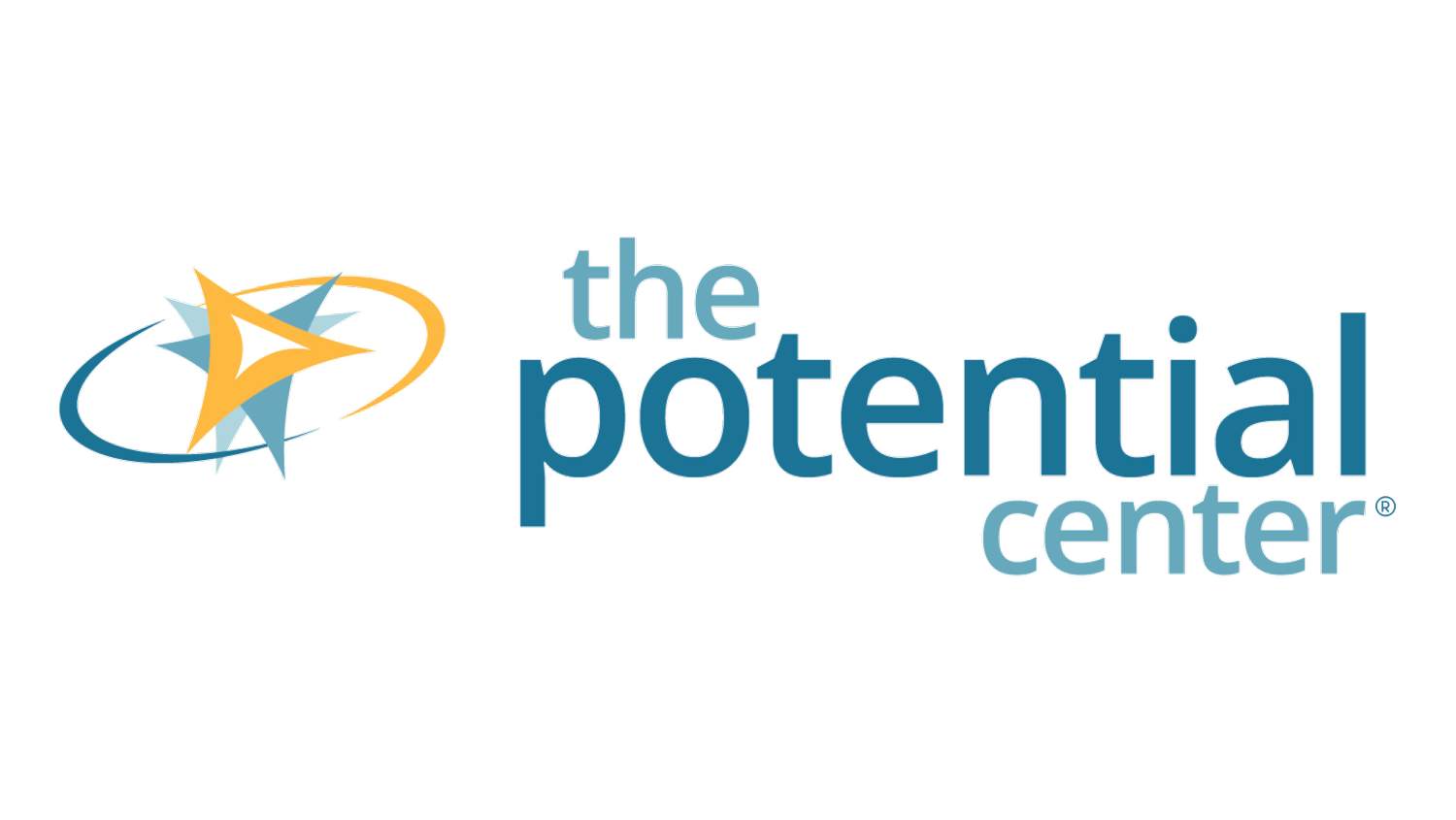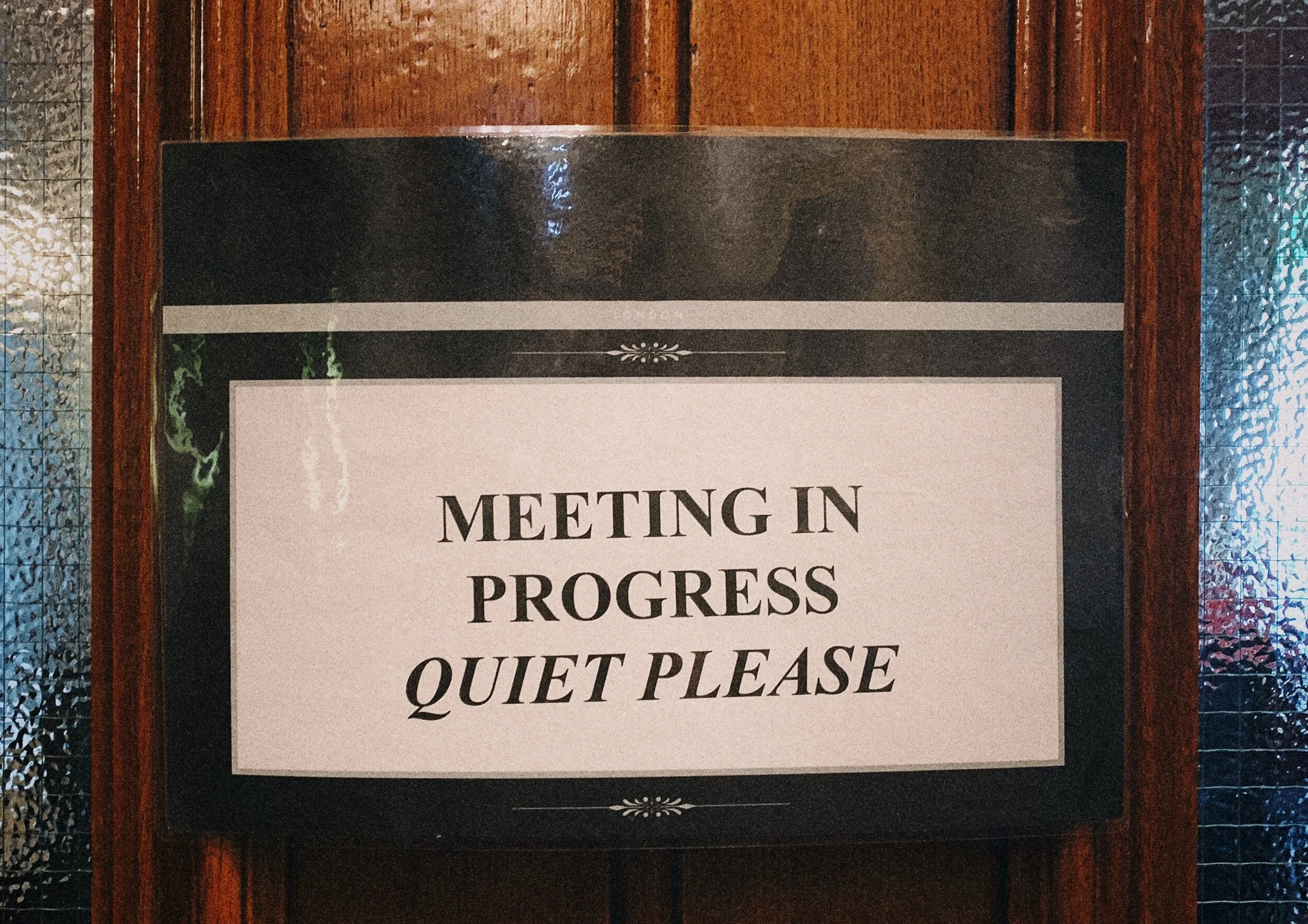Plan Your Best (Virtual) Meetings Ever
Photo by Jon Tyson for unsplash.jpg
Priya Parker, in “The Art of Gathering,” tells us that it’s important to question the purpose of everyday events such as update meetings.
In the current circumstances, this is the perfect time to evaluate meetings especially if you followed the natural inclination to simply transition existing meetings from face-to-face or mixed to 100% virtual.
Why should I evaluate my meetings?
The problem with doing a wholesale transfer of meetings to a virtual format is that it’s like updating your to-do list by simply carrying over the incomplete tasks from the old list to the new one without re-assessing the need or priority. What is the need for, or priority of, the meetings you’ve carried over?
It’s important to assess your meetings – right now – because, with the additional stress caused by working from home, you and your staff need to make even better use of your time.
How should I evaluate meetings?
Here’s how I suggest you plan for applying creative problem-solving techniques to the issue of optimum meetings. You can plan on your own, or in a virtual meeting with your team:
1. Name the issue. What’s the problem you’re trying to solve or the positive outcome you want to achieve? How to… (e.g. make best use of our meeting time).
2. Does any research need to be done? (E.g. discussing with other managers who in their team really needs to attend a specific meeting; finding a platform that will accommodate large drawings or blueprints.)
3. Create a project plan. What’s the target date for resolving the issue? What steps will you take to get there? (E.g. identify the project team that will address the issue, hold a brainstorming session, get input from key stakeholders, weigh up the options, create a proposal.)
When Dean Baquet took over as executive editor of The New York Times in 2014, he inherited the Page One meeting. These daily morning and afternoon meetings had been taking place in a large conference room with an imposing table since 1946. In its heyday, the purpose of the meeting was clear: to determine which articles would make the next day’s front page. The meeting had become a ritual for the up to thirty editors that attended, a badge of honor for those invited, and a rite of passage for young editors.
By 2014 it no longer made sense to hold these meetings because the majority of readers now accessed articles online and through social networks rather than through a physical edition.
Baquet recognized that it was time for the paper to adapt to this new reality. Changing the physical environment of the meeting would help shift the culture and values of the newsroom, so a new meeting room with glass walls was constructed, and couches replaced the conference table. A flat-screen TV was installed and set to the Times home page, which refreshed with real-time updates. Baquet also changed the meeting times: “The idea is for us to mobilize faster in the morning so we can get an earlier start on setting news and enterprise priorities, and to move the discussion of print Page One out of the afternoon meeting in order to focus on coverage regardless of where it appears.”
But changing the setting and timing alone was not enough to change the culture entrenched through the old meeting format. Instead of the meeting beginning with story pitches, it began with a report on the number of audience views by story and other measures. In other words, the starting point was what readers thought rather than what the editors thought.
These changes led to a noticeable shift in the way staff participated in the meetings: for example, more questioning and challenging of not just the editors’ rationale for choosing specific stories, but of the values and mission of the paper, e.g. whether a health story should be turned into a mobile news alert, what constituted breaking news, and when a piece could and should be published.
Questions serve a purpose
To ask the purpose of a meeting can take you and your team in the direction of highlighting what really needs to be done. Is it time to review one or two of your traditional meetings? I’d love to hear what you decide!
Need a thinking partner?
I excel at this, having been coaching executives in creative problem-solving, productivity, leadership, and communication skills for the better part of 20 years.
I usually offer these sessions as part of a package, but these are weird times. In recognition of this, I’m offering a one-off, pay-what-you-will, 1-hour video brainstorming session until the extensive precautions have ended. You’ll receive a recording of the call, a written summary of key points, and my recommendations.
Contact me at Ellia@ThePotentialCenter.com to arrange a time for your 1-1 brainstorming session.
Light Bulb Thinking™
With the right support, any organization, team, and individual can learn creative ways to solve problems. At The Potential Center™, our mission is to simplify the creative problem-solving and innovation process so you can address urgent, pervasive and expensive problems. All while building better working teams.
Light Bulb Thinking™ demystifies and systematizes the creative problem-solving and innovation processes to open the door to fresh ideas and creative strategic solutions.
Subscribe to the blog here.
…And help colleagues and friends that would also appreciate a creative perspective on solving problems – forward this post :).
I’d be happy to have a conversation if you’d like to further explore a particular concept, or if you’re stuck on how to make the shift towards more creative problem-solving in your organization. Contact me at Ellia@ThePotentialCenter.com and we’ll arrange a time to talk.


